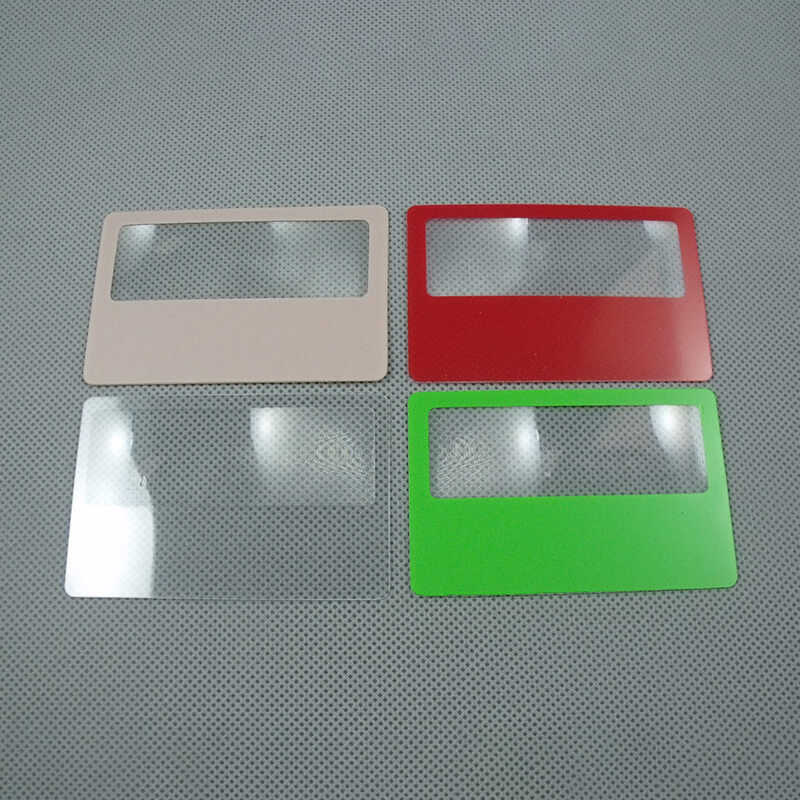 1004,West-CBD,No.139 Binhe Rd,Futian District,Shenzhen, China Post Code:518048
1004,West-CBD,No.139 Binhe Rd,Futian District,Shenzhen, China Post Code:518048
 +86-18682200597
+86-18682200597
 sales@szhaiwang.com
sales@szhaiwang.com
 1004,West-CBD,No.139 Binhe Rd,Futian District,Shenzhen, China Post Code:518048
1004,West-CBD,No.139 Binhe Rd,Futian District,Shenzhen, China Post Code:518048
 +86-18682200597
+86-18682200597
 sales@szhaiwang.com
sales@szhaiwang.com
source:Industry News release time:2022-04-23 Hits: Popular:Infrared sensing module
RF sensor applications will penetrate into all aspects of human life
Radio frequency sensor in bar code scanning pen
When the scanning pen head moves on the bar code, if it encounters a black line, the light of the light-emitting diode will be absorbed by the black line, and the phototransistor will not receive the reflected light, showing high impedance and being in the cut-off state. When the white space is encountered, the light emitted by the light emitting diode is reflected to the base of the photosensitive transistor, and the photosensitive transistor generates a photocurrent to conduct. After the entire bar code has been scanned, the phototransistor deforms the bar code into individual electrical pulse signals. The signal is amplified and reshaped to form a pulse train, which is then processed by a computer to complete the identification of the bar code information.

One of the essential components in the money counter is the radio frequency sensor. The counter of the money counter adopts non-contact infrared photoelectric detection technology, which has the advantages of simple structure, high precision and fast response speed.
The counter of the money counter uses two sets of infrared radio frequency sensors. Each sensor is composed of an infrared light-emitting diode and a photosensitive triode that receives infrared light, leaving a proper distance between the two.
When no banknotes pass, the receiving tube is turned on by light, and the output is 0. When a banknote passes through, the infrared light is blocked, the luminous flux of the receiving tube is insufficient, and the output is 1. After the banknote passes, the receiving tube receives the infrared light and conducts it again. In this way, a pulse signal is generated at the output of this part of the circuit. These signals are shaped and amplified by the subsequent circuit and then input into the single-chip microcomputer. The single-chip microcomputer drives the execution motor and completes the counting and display accordingly. The reason why the banknote counter uses two sets of radio frequency sensors is to detect the integrity of the banknotes and prevent the remaining coins from being counted.
The radio frequency sensor is used to detect the counting of banknotes to realize the accumulation of the number of banknotes, and then use the liquid crystal and external display part to intuitively display the number of banknotes to the user, and automatically alarm the user when an abnormality occurs.
With the development of microelectronics technology, sensor technology, computer technology and modern communication technology, radio frequency sensors can be used to develop automatic meter reading systems. The aluminum plate of the electric energy meter is driven to rotate by the torque generated under the action of the electric eddy current and the magnetic field. The use of radio frequency sensors can convert the number of revolutions of the aluminum disk into the number of pulses. For example: Partially paint black on a rotating bright aluminum plate, and then equip it with a reflective photoelectric transmitting and receiving pair tube. When the aluminum plate rotates, pulses are generated at the local blackened area, and the number of revolutions of the aluminum plate can be sampled. Converted to the corresponding pulse number, and sent to the T0 port of the CPU for counting processing through the photoelectric coupling isolation circuit. The use of photoelectric coupling isolator can effectively prevent interference signals from entering the microcomputer. Combined with other transmission methods, an automatic meter reading system can be formed.
Read recommendations:
Model meaning and parameters of NTC thermistor
What should I pay attention to when buying NTC thermistor?Radar Sensor Switch
Popular Recommended Products
Z009
2021-11-27P916 Digital sensor
2021-12-09PIR Lens 7805
2021-12-09PIR Lens 8120-5
2021-12-09HW-F1000-1 Fresnel Solar Lens
2021-11-27PIR Lens 8801-2
2021-12-09HW-16001000 Fresnel Linear Lens
2024-04-11PIR Lens 8307-2
2021-12-09PIR Lens 8308-5B
2021-12-09HW-US003 Offline speech recognition module
2023-04-24HR008
2021-11-27What is the relationship between FIR filter and linear phase?
2022-10-27Motor coil temperature test NTC temperature sensor
2023-02-23NTC 10K B value 3950 enamelled wire thermistor
2022-12-06Wall-hung boiler external NTC temperature sensor.Human Body Temperature Monitoring Sensor
2022-08-17How to choose NTC temperature sensor.PPTC Thermistor Vendor
2022-06-16Main parameters of NTC thermistor.Smart PIR switch
2022-04-14Classification of thermistor materials
2022-05-16What is the function of the ntc temperature control switch in the water dispenser
2022-05-24High-precision NTC temperature measurement circuit design and resistance value calculation.SMD Therm
2022-06-24So how do you know the quality of the network cable?PIR Movement Detector
2022-04-22
szhaiwang4@hotmail.com
+86-18682200597
sales@szhaiwang.com